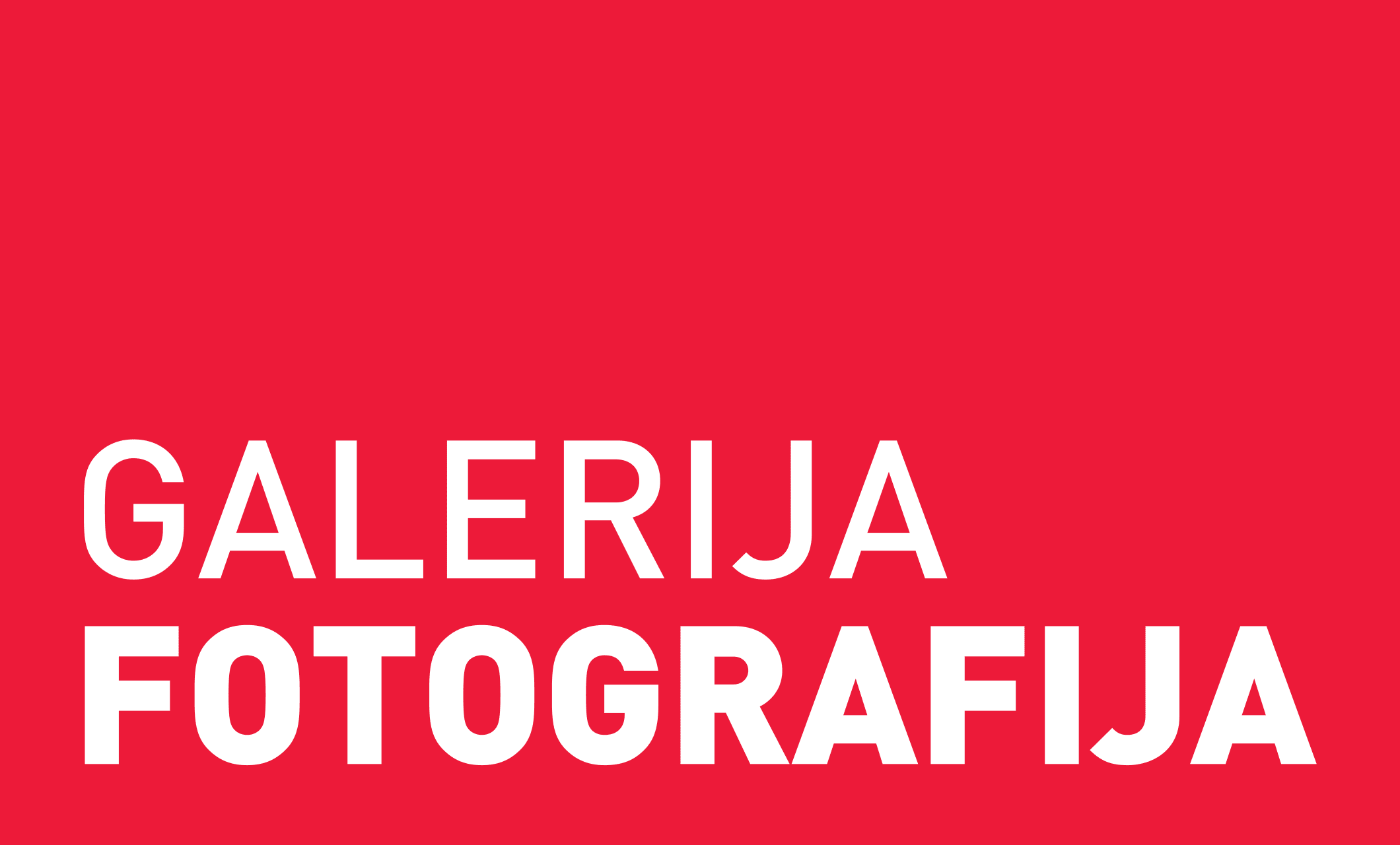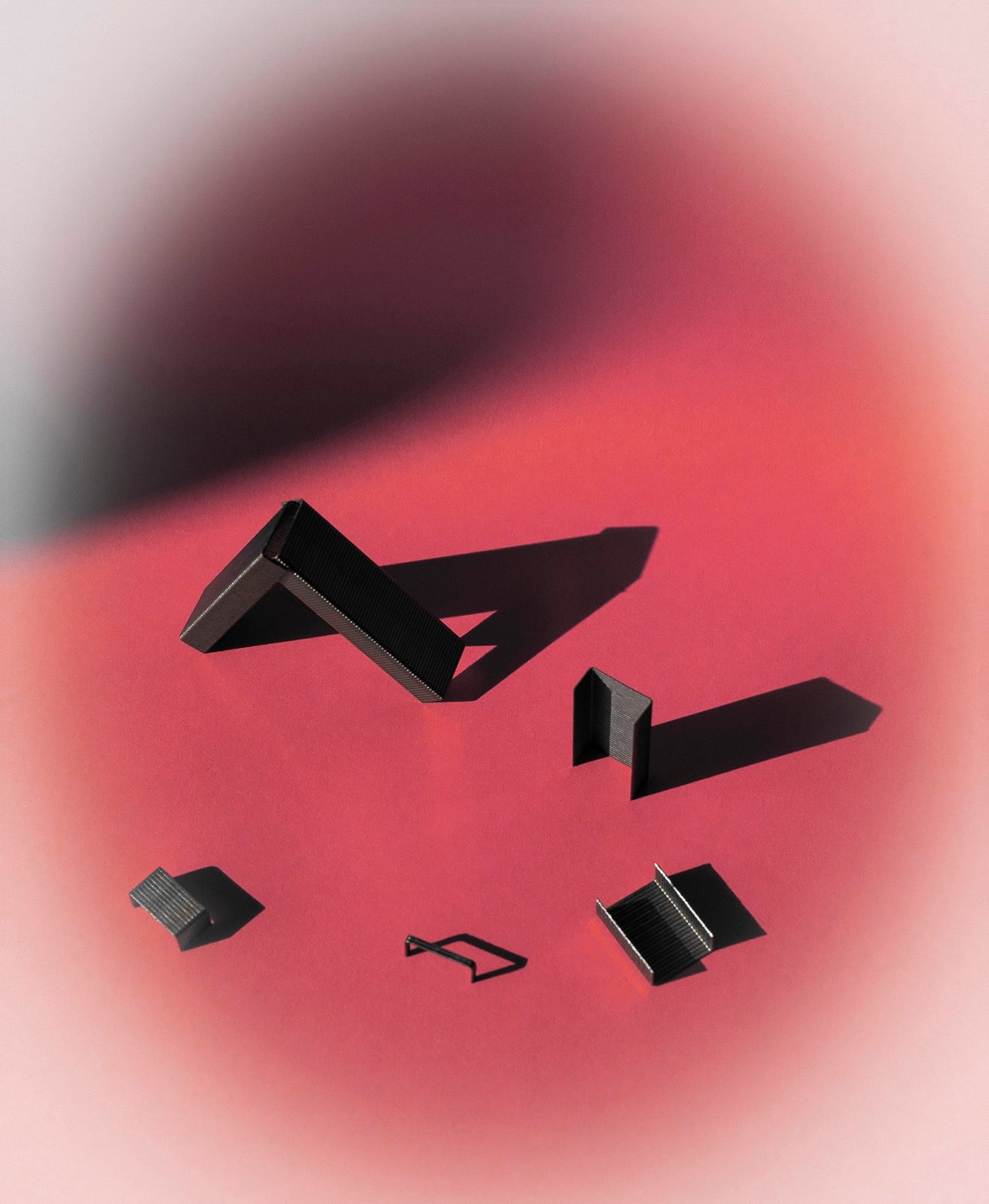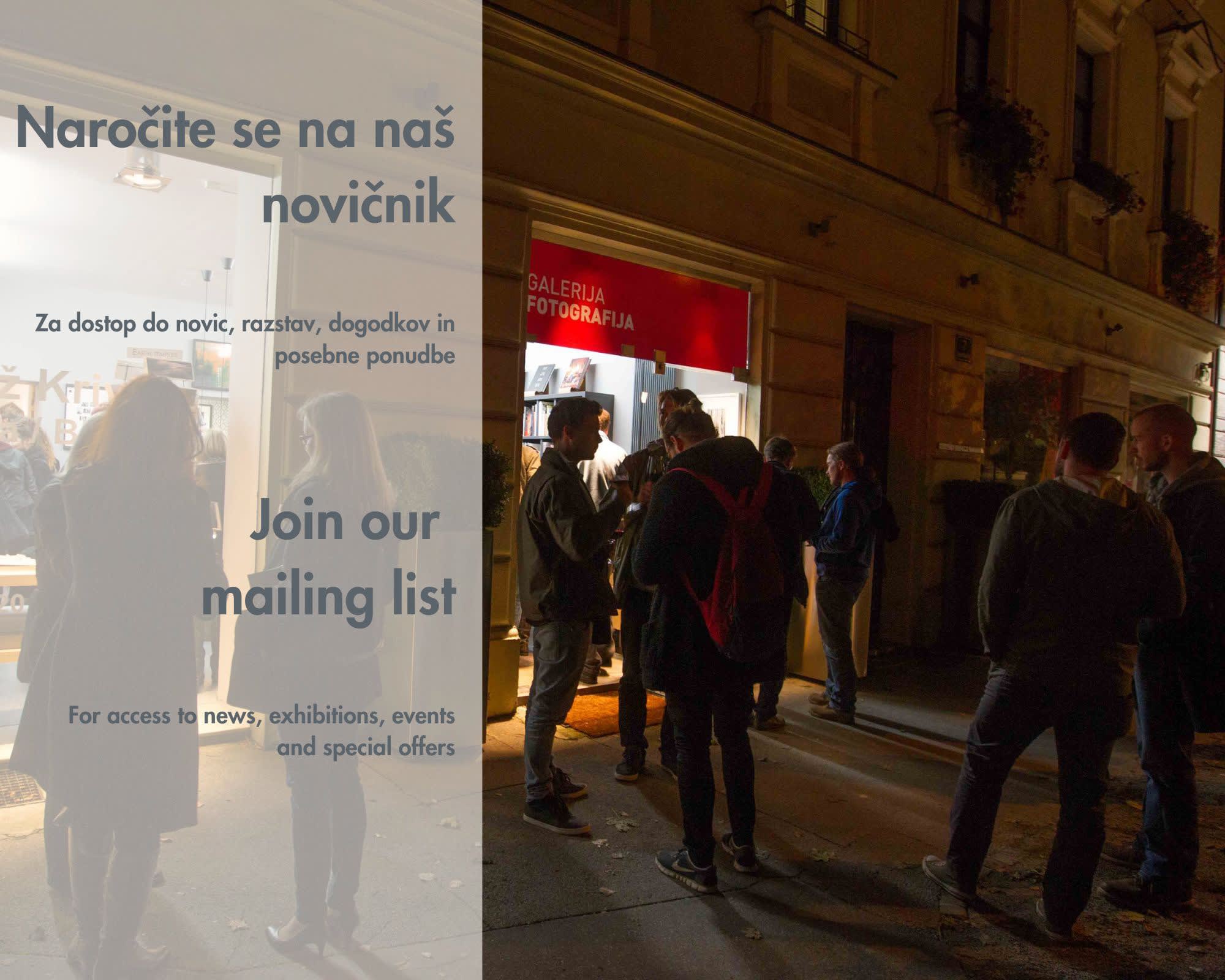Lucija Rosc
For English version please scroll down.
O SERIJI
Lucija Rosc je pripadnica tiste generacije, ki ji nekateri na področju
umetnosti radi rečejo »mlajša« (čeprav ni povsem jasno, kako preideš v
»starejšo« in ali je morda še kaj vmes) in v katero spadam tudi sama. Za to
generacijo je značilno marsikaj: da smo obremenjeni z okoljsko tesnobo in
finančno nestabilnostjo, s strašljivim političnim drsenjem v desno in
nedostopnimi nepremičninami. Značilno je, da v »odraslost« ne stopamo z najbolj
samozavestnim korakom, meja med odraslostjo in mladostjo pa je za nas
zabrisana, če ne kar nevidna. Novi projekt Lucije Rosc se poigrava z mislijo,
da so pravila, po katerih živimo, upogljiva in nestalna ter da bi bilo koncept
neobremenjene igre iz časa otroštva morda možno preslikati tudi v obdobje
odraslosti. Fotografska praksa Lucije Rosc je odprt proces, pri katerem
umetnica vseskozi spreminja materiale, tehnike in postopke ustvarjanja. Vseeno
pa imajo njeni projekti vsaj en skupni imenovalec: umetnica se dela vedno loteva
s humorjem in igro, ki tudi resnejše teme pretvorita v asociativne podobe, s
katerimi se vedno znova lahko identificiramo. Z delom v Moderni galeriji
umetnica nadaljuje raziskovanje lastnih spominov, ki jih v svoji praksi pogosto
obdeluje, in še naprej eksperimentira s povzdigovanjem vsakdanjih, skromnih
reči v njihove monumentalne verzije. Lucija Rosc se tokrat posveča ideji
prostorov, ki zavzemajo nekakšno prehodno pozicijo. Primer tega je šola –
prostor, ki je po eni strani namenjen strukturiranemu učenju in urjenju, po
drugi strani igri in prostemu času, predstavlja pa tudi svojevrstno mejo med
različnimi življenjskimi obdobji. Preko tega kontradiktornega prostora
pričakovanj umetnica tako prevprašuje svoj lastni odnos do preteklosti in
pravil, ki jih ta predaja. V šolske klopi nas popelje že z ogromnim ravnilom
(Noma 1 (10:1), 2024), ki se v desetkratniku šablone preslika v galerijo
naravnost iz umetničinega (in našega) otroštva. Ravnilo združuje dve pomembni
pravili igre Lucije Rosc: po eni strani je skoraj komično velikanski objekt na
prvi pogled igriv, po drugi pa opozarja tudi na perfekcionizem, s katerim se
umetnica spopada pri delu. Enako velja za njene fotografije, na katerih se
geometrijski in šolski predmeti znajdejo v dramatično osvetljenih kompozicijah.
V praksi umetnice se tovrstna želja po nadzoru pogosto ponavlja, včasih v
obliki repeticije lastnih spominov in podoživljanja družinskega okolja, spet
drugič v tehnični preciznosti, ki jo vedno znova nadgrajuje. Kako torej ponovno
ovrednotiti svojo lastno pozicijo v liminalnem prostoru med odraslostjo in
mladostjo? V želji po odgovoru se Rosc ukvarja s pravili igre znotraj polja
fotografije, a tudi širše – kako delovati ter obstati kot umetnica in kako
elemente igre uporabiti v izčrpavajočem sistemu, ki od ljudi zahteva vedno več.
Morda je rešitev v vzpostavitvi njenih lastnih pravil, ki lahko z mojstrsko
osvetlitvijo, nenavadnimi materiali in prehajanjem med monumentalnim in
minimalističnim v mikrokozmosu razstave preizkušajo alternativne načine obstoja.
Hana Čeferin
ABOUT THE SERIES
Lucija Rosc belongs to the generation often called “emerging” in the art world
(although it is not entirely clear when exactly the transition into
“established” occurs, or if there might be anything in between) – which,
coincidentally, I also happen to belong to. Our generation shares a number of
traits: we are overwhelmed by environmental anxiety and financial instability,
by the alarming drift into political conservatism, and by the nonexistence of affordable
housing. Characteristically, we do not march toward “adulthood” with the most confident
of steps, and find the boundary between youth and maturity hazy at best, if not
downright invisible. In this vein Rosc’s new project plays with the idea that
the rules we live by are malleable and unstable, and that the concept of
uninhibited play might be transferrable into adulthood. Rosc’s photographic practice is an open
process of constantly changing materials, techniques and methods. Nonetheless,
her projects have at least one common denominator: she alwaysa pproaches her
subjects with humour and play, transforming even serious topics into associative
images one can easily relate to. In the works shown in Moderna galerija, the
artist continues to explore her memories (a frequent subject in her practice)
and to experiment with elevating humble, everyday objects into monumental
versions of themselves. This time, she is focusing on spaces that occupy a kind
of transitional position, such as the school – a place intended for structured
learning and the acquisition of skills on the one hand, and on the other, for
play and leisure. Moreover, it is a place that represents a boundary between
different stages in life. Through this contradictory space of expectation, the
artist questions her own attitude to the past and the rules it imposed on her. We
are immediately transported back to school by an enormous ruler (Noma 1 (10:1),
2024),an object magnified to ten times its size, brought directly from the
artist’s (and our own)childhood into the museum space. This ruler combines two
important principles of Rosc’s game: on the one hand, the almost comically
large object appears playful at first, while on the other it points to the
perfectionism the artist brings to her work. The same is true of her photographs,
featuring geometrical and school-related objects in dramatically illuminated compositions.
Throughout Rosc’s practice, this type of desire for control is recurrent, manifesting
at times in the repetition of her memories and appropriation of her family environment,
and at others in the technical precision she builds on again and again. The
question at hand is therefore how one can evaluate one’s position in the
liminal space between youth and adulthood. Seeking an answer to this, Rosc
concentrates on the rules of the game in the field of photography but also
generally – to find a way to function and survive as an artist and introduce
elements of play into an exhausting system that is constantly demanding more
and more from us. Perhaps the solution lies in establishing her own rules that,
paired with a skillful use of light, unusual materials, and shifting between
the monumental and minimalist, test alternative modes of existence in the
microcosm of an exhibition.
Hana Čeferin


